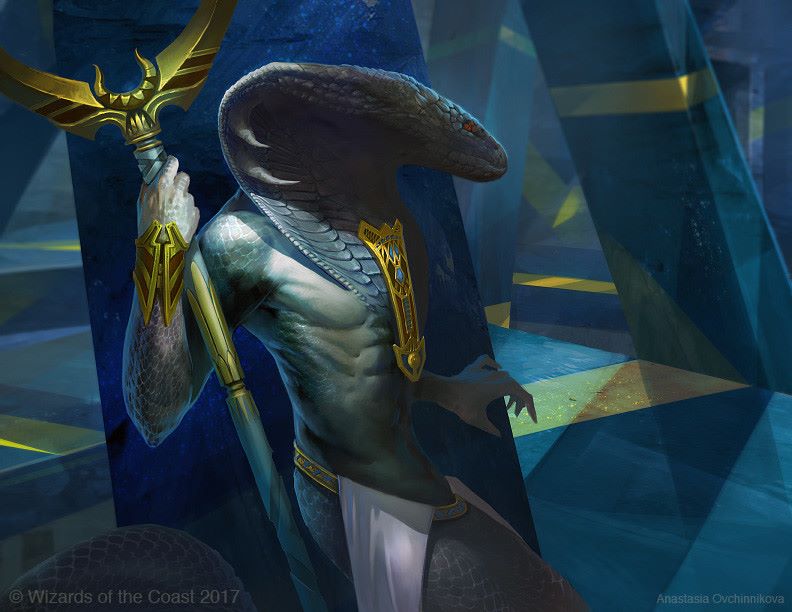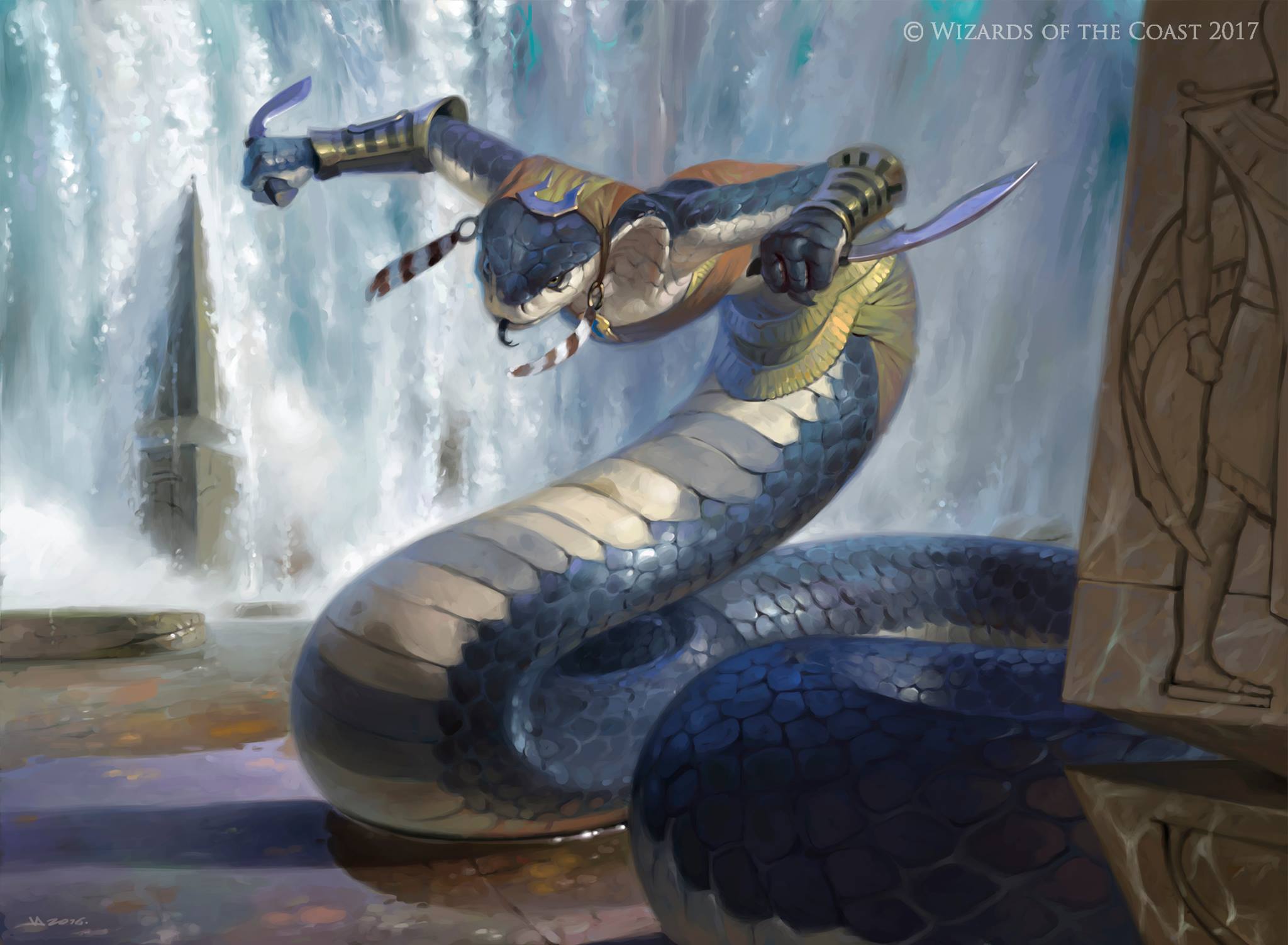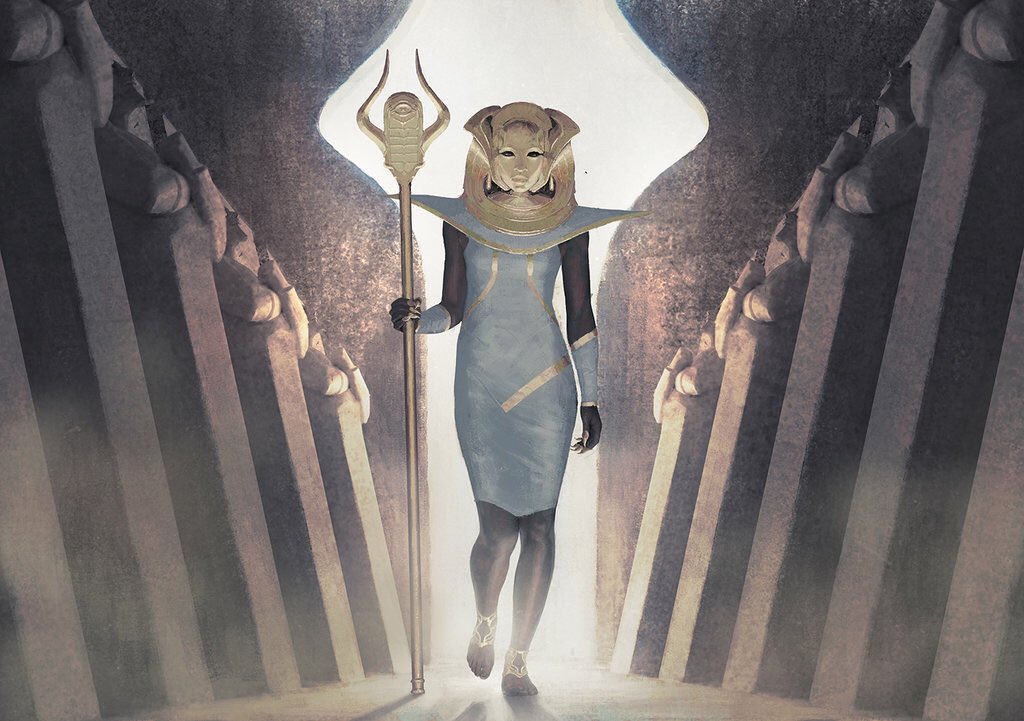Neis Culture
▲
5▲ 5 ▼ 0
A general overview of Neis culture
This public article was written by [Deactivated User], and last updated on 9 Sep 2019, 17:37.
[comments] eltculturesocietywe live in a societynamenamessocial structuresociologysnakesnakesnaradesert
2. Leg Dialect
4. Neis Culture
5. Numbers
?FYI...
This article is a work in progress! Check back later in case any changes have occurred.
This article is a work in progress! Check back later in case any changes have occurred.
[top]Family
Neis parents breed and then abandon their clutch well before hatching, the father leaving immediately (or a while after) breeding. The mother then lays the eggs and follows suit. Once the clutch has hatched, the newborns spend some time together, learning from each other, the survival rate from this period has been climbing over centuries as medicine and the like have advanced, this period lasts approximately seven years before full maturation. Some Nara raise their young as humans do but this is still extremely rare, mainly due to how long and hard the Nara fought to show that they are different from humans, specifically their Chū-Kata imperial controllers but that this difference did not make them lesser in any way, their parenting method being viewed as barbaric and primitive was a long standing reason given to justify the Chū-Kata's 'civilising mission'. Medical intervention in the formative years is not seen as a necessity due to the size of Nara clutches being more than enough to sustain the population, in fact if the clutches have too high of a survival rate, overpopulation would once again be a major issue (it was for a time) so Nara are understandably somewhat hesitant to breed non-stop lest reproductive legislation be reinstated. Net or Iner are specific areas where numerous pregnant Nara meet and lay their eggs together, these are of religious significance (religion is discussed later). For secular Nara they also use the Net/Iner, they simply choose to not partake in any rituals before or after laying their clutch. The extra expense of having segregated secular and religious laying ground is seen as a waste and of little sense to Nara due to their focus on community and their place in the larger societal framework.

[top]Names
Due to the familial structure of the Nara, surnames tying one to parents is not even a possiblity, a surname does not even apply to each clutch due to no parent being present to pass it down a generation, even in small communities, nobody watches intently to see who hatches to name them all after their clutch. Nara are known on a first name basis, where their first name is chosen (though in their formative years they may gain a nickname from their clutch as they spend these years together, they may choose to use or ignore this nickname). A psuedosurname system does exist but it is purely optional, where they are more closely tied to our idea of titles than surnames. Nara 'surnames' were given based on specific actions performed but are now given based on appearance (if notable) or other attributes of the individual in question, such as their scale colour (really only if it is notable for some reason), occupation, species (extremely rare now due to diversity in cities) or interest, Musician is a perfectly valid Nara 'surname' for example. 'Surnames' are still given based on deeds performed but this tradition has weakened considerably as Nara culture has become less and less war centric. To know the name is to know the individual with the Nara, that is to say you are what you're called and just hearing a name can give some insight into the kind of, for want of a better term, person one is.

[top]Cities
Due to the nature of Naja as an arid desert, the Nara have developed cities both large and small, with rural communities being somewhat rare due to a lack of agrarianism, this is because of both the carnivorous nature of the Nara but also due to the lack of farming land. As a result of being carnivorous, one would think Naja must be full of industrial slaughterhouses but this is to ignore the fact that Nara are capable of surviving on a handful of meals a year, only eating every few months, their water intake is also minimal both of these factors lower their needs considerably. Each Nara is no longer required to hunt their own food but traders are known to make very little in the food and water market, unless they are selling to humans or other more mamalian species. Some traders only bring in one or two large shipments of food and water a year and make back their money with their customers all eating and drinking in and around the same time, while others bring in little bits of both all throughout the year, it depends ultimately on the trader in question. Despite the high area Nara cities occupy, population density is quite high in certain areas, especially in poorer districts, that being said the Nara have adapted to this lifestyle with shared dwellings being nothing unusual to them. A benefit of spreading outwards is that skyscrapers are not all that common, though cities do quickly become mazes of streets and alleys with Nara from opposite sides of a city possibly never meeting each other. There is also the issue of urban sprawl which interferes with the Seṡ but the topic of whether or not Seṡ are sentient or deserving of land is heated and ongoing. Most Nara cities, such as the capital, become more and more populated by the edges as the income level drops and residential areas become the majority, with commercial and governmental areas being most concentrated in the centre. Due again to the lack of a human familial structure, cheap housing for adolescent (post-formative) Nara is extremely commonplace, as is shared accommodation between friends to lower rent payments even further.

[top]Values
This is a rather difficult topic to cover, just as it is with human societies. In general, the Nara as a result of their sitaution (biological, sociologial and historical among others) value individuality above all else, with friends being as important to them as parents are to a toddler, this is due to the Nara also acknowledging that living without aid is a daunting task and so helping others whether it be in one's occupation or even informally as a friend or acquaintence, is essential to the continued operation of both Naja and the Nara as a race. Not all are cooperative, as is to be expected, Nara culture is just as complicated as human culture is but the vast majority of Nara work together and respect boundaries, with racial and other divides being set aside (by most) though some are still sceptical of Chū-Kata, extending this suspicion to all humans as they do not see any difference between human races, again this is a minority as most do attempt to understand the eccentricities and complexities of the human situation.
[top]Sex, Sexy and Mating
Sex:
Sex as a classifier is quite useless for Neis specifically as they lack the sexual dimorphism of humans, with recognition of a male or female only possible via licking and identifying sex pheremones. Neis do not therefore have a male/female distinction since they can't go around licking each other all the time. All Neis tell their species by pheremones though appearance is enough (the pheremones are just a redundant evolutionary trait) along with their sex, age and reproductive capability. Due to longer females producing more eggs, a long female is preferred as is one who is in fit reproductive condition. In years gone by the Neis would partake in mating balls but this tradition weakened from both human interference and influence as well as female Neis gaining more civil rights. Due to the cloaca, the hemipenes is invisible which makes sex identification of a Neis impossible for both Neis and non-Neis alike. All of this sexual ambiguity means that the Neis are more gender based but this extends beyond male/female and into the territory of what we consider non-binary genders. Through human imperialism this was demonised and discouraged but the Neis are slowly coming to undo the human sex-gender conflation and the gender binarism they enforced.
Sexy:
Neis express gender through clothing and mannerisms but this does vary from species to species, as an example it is considered very respectful (though also very traditional) for an Aja female to cover her hood but for a male Sei, longer venom teeth denote danger which is an appealing feature. Colouring one's scales is a Neis practise beyond species boundaries with it serving many roles throughout history from military to pure fashion, even in attractiveness with some Neis loving unnatural scale colour and others preferring darker or lighter scales along with countless other combinations and variants.
Mating:
During mating a male exposes his hemipenes and inserts one into the female (or male) while they entwine their tails, some couples embrace their arms but this is purely a choice and not a necessity, as is entwining tongues, tongue entwining being considered a very romantic rather than sexual act.
[top]Clothing
Due to having no legs, Neis wear skirt and dress like garments to accommodate their tail though there are variations such as for Aja where the back opens wider than usual to accommodate the hood along with various coverings for their hood. Fashion has changed over time as it does for all species, one trend that appears numerous times is droopy sleeves and tassels along the bottom of the sleeve. Some Neis have fabric or chain that connects to the back of their torso garment, their elbow region or neck among other areas. Generally Neis leave their lower body exposed but this is not a rule. Another popular garment is similar to a corset or bustier.

[top]Warfare
Neis have used many tactics such as ţes and zein, along with more general combat approaches such as having stealth units and military sub sections divided by sub species, most notably the Sei elite units in the Naja Rebellion against the Chū-Kata.

A stealth unit practising lunging
[top]Death and Burial
The Nara share in their belief of Inés the Death Serpent. Itla are used to represent her infinite heads where she consumes the dead for them to be reborn as eggs around Naja. This view of all being related through death and rebirth is thought to be one of the main reasons why Nara are unusually friendly on a larger societal level (from a human perspective). The eggs of soon to be hatchlings are laid in specific areas called Net or Iner where they hatch amongst themselves, finding their place in Nara society as they grow.
[top]Chū-Kata Rule

A Chū-Kata operative as he pretends to be a Southern head priestess (èrxe). The Chū-Kata had to resort to trickery and more espionage tactics than outright warfare to deal with the Nara threat to their control for numerous reasons such as not wanting to destroy their own infrastructure and not being able to hold armies in the countless winding alleyways of Naja population centres. Priestesses, especially head priestesses, were a popular assassination target due to their power in the Chū-Kata religious hierarchy and regional affairs as a result of this status. The Chū-Kata did not want to risk more of their actual priestesses dying and so undercover operatives became common while the priestesses retreated back into safer areas though some real priestesses did remain to perfom the necessary rituals that the operatives could not.
Comments






